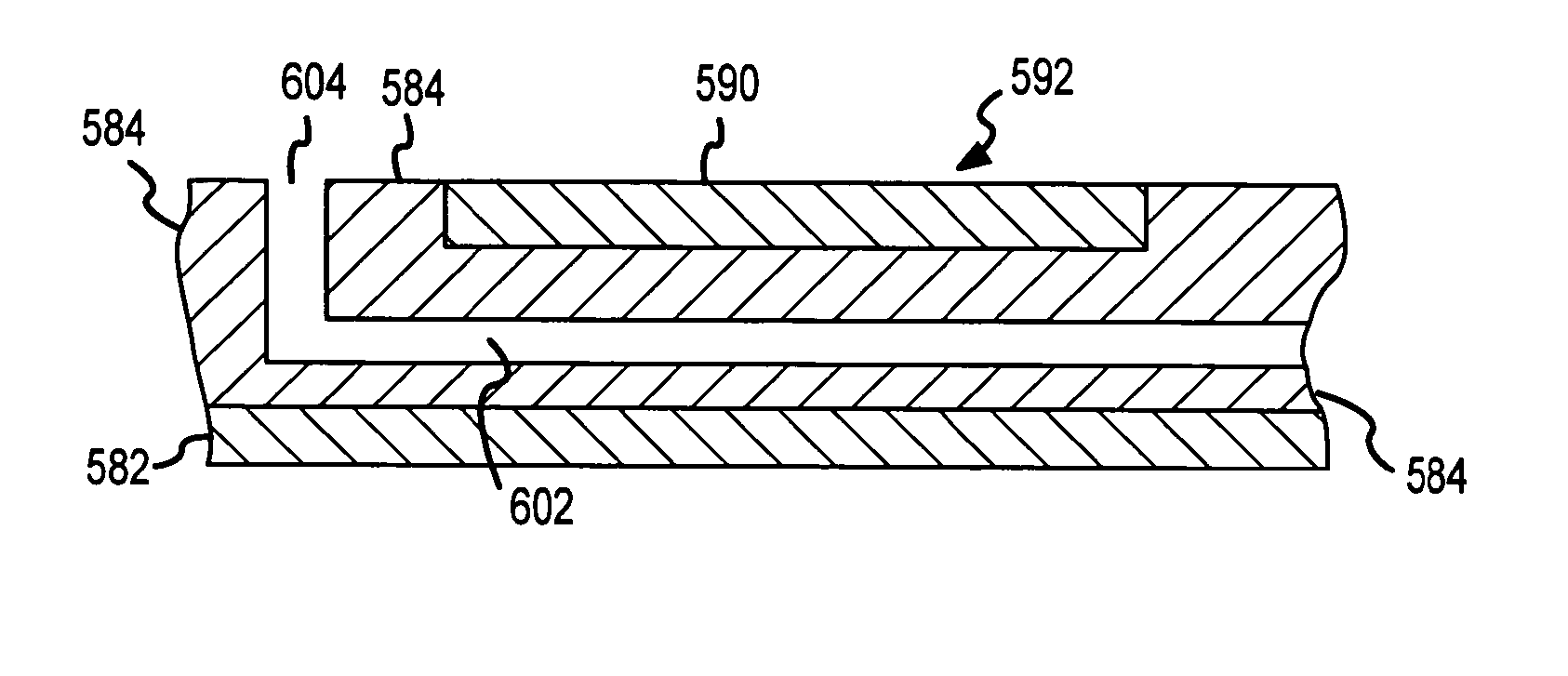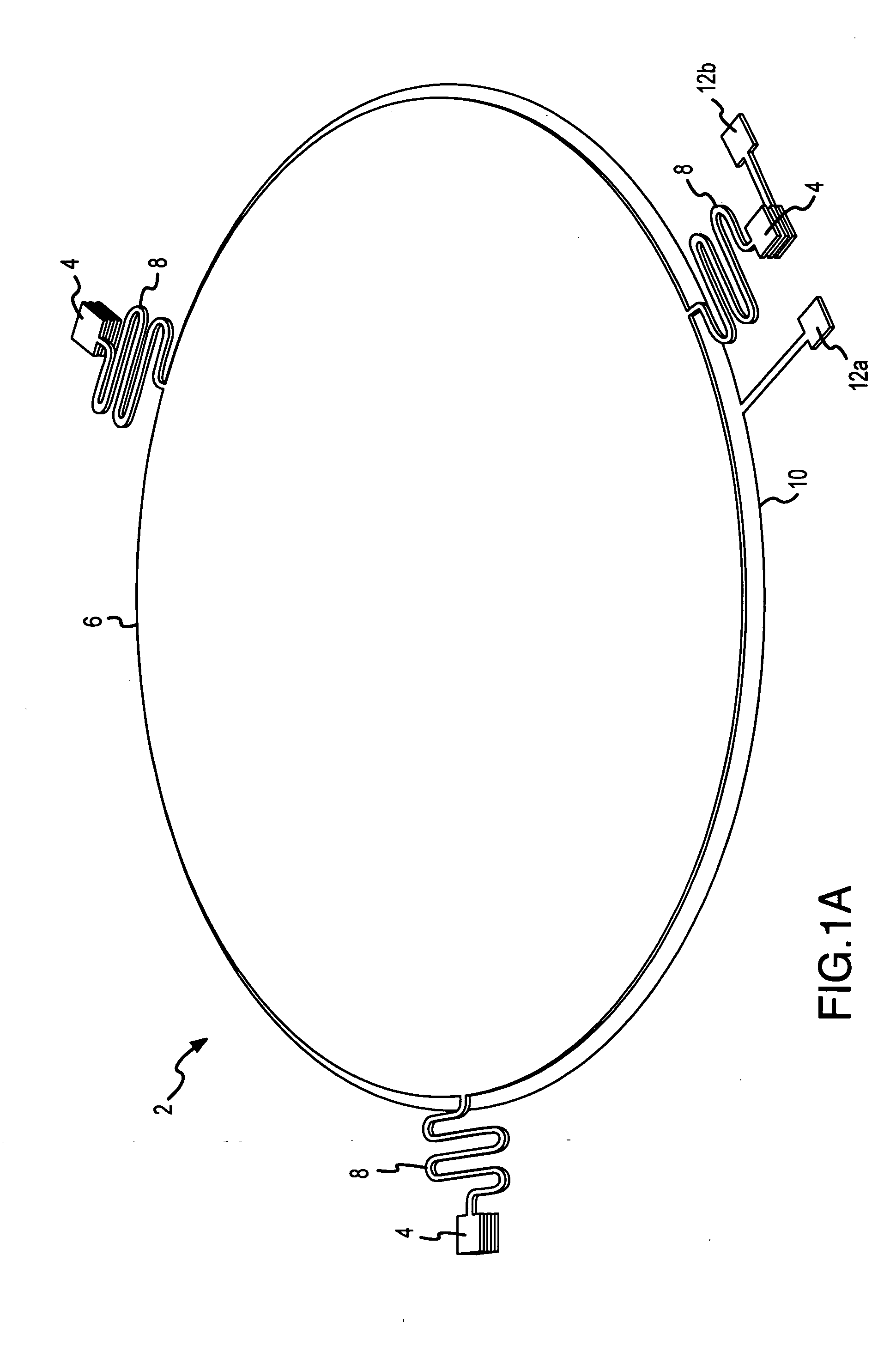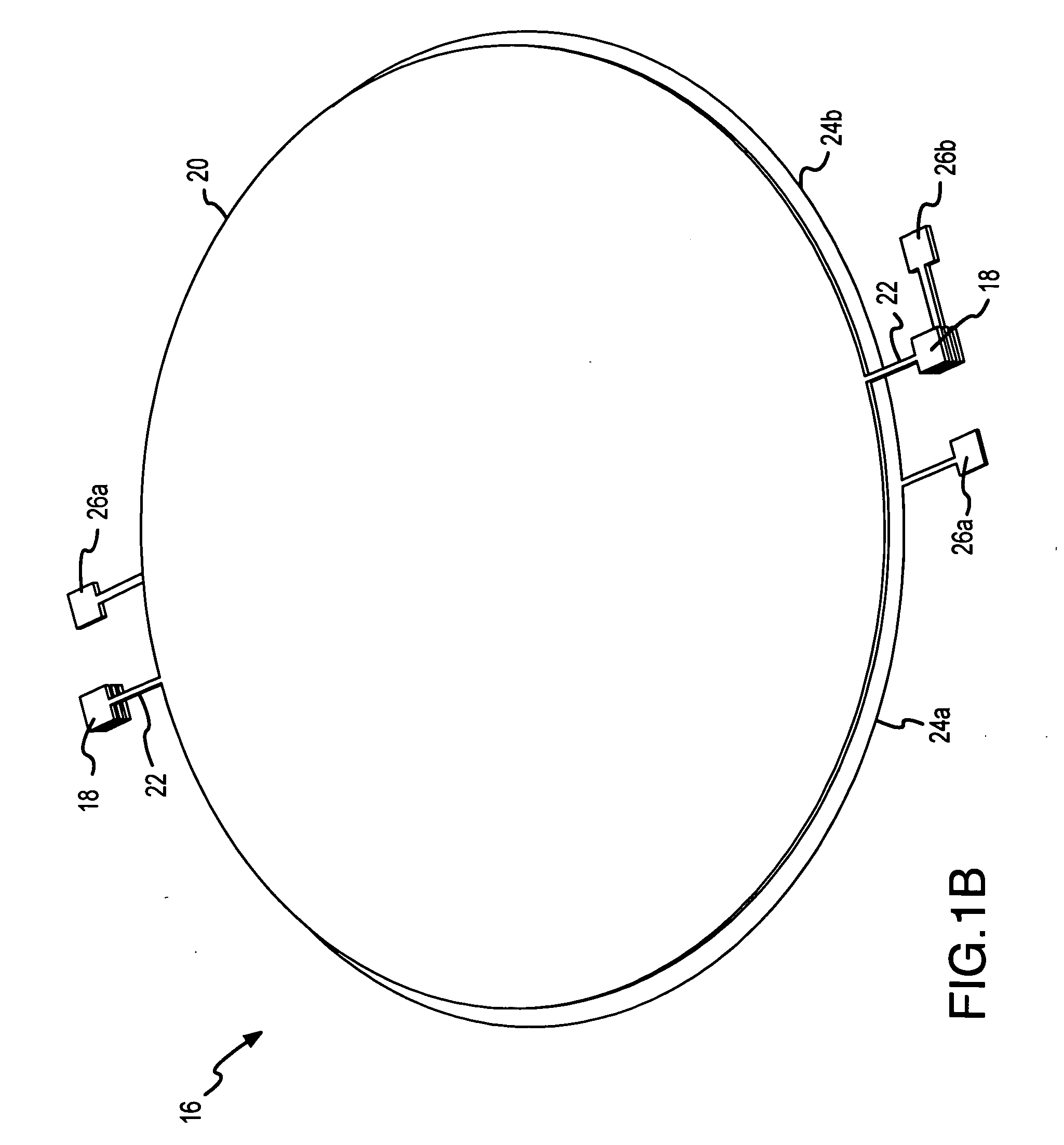Method for making a microstructure by surface micromachining
a microstructure and surface micromachining technology, applied in the manufacture of microstructure devices, microstructure technology, microstructure devices, etc., can solve the problems of obvious detrimental effect of microstructure on optical performance capabilities, and achieve the effect of enhancing the distribution of etchants and enhancing the release of simple, single structural layers
- Summary
- Abstract
- Description
- Claims
- Application Information
AI Technical Summary
Benefits of technology
Problems solved by technology
Method used
Image
Examples
Embodiment Construction
[0068] The present invention will now be described in relation to the accompanying drawings which at least assist in illustrating its various pertinent features. Surface micromachined microstructures and methods of making the same are the general focus of the present invention. Various surface micromachined microstructures and surface micromachining techniques are disclosed in U.S. Pat. Nos. 5,783,340, issued Jul. 21, 1998, and entitled “METHOD FOR PHOTOLITHOGRAPHIC DEFINITION OF RECESSED FEATURES ON A SEMICONDUCTOR WAFER UTILIZING AUTO-FOCUSING ALIGNMENT”; U.S. Pat. No. 5,798,283, issued Aug. 25, 1998, and entitled “METHOD FOR INTEGRATING MICROELECTROMECHANICAL DEVICES WITH ELECTRONIC CIRCUITRY; U.S. Pat. No. 5,804,084, issued Sep. 8, 1998, and entitled “USE OF CHEMICAL MECHANICAL POLISHING IN MICROMACHINING”; U.S. Pat. No. 5,867,302, issued Feb. 2, 1999, and entitled “BISTABLE MICROELECTROMECHANICAL ACTUATOR”; and U.S. Pat. No. 6,082,208, issued Jul. 4, 2000, and entitled “METHOD ...
PUM
 Login to View More
Login to View More Abstract
Description
Claims
Application Information
 Login to View More
Login to View More - R&D
- Intellectual Property
- Life Sciences
- Materials
- Tech Scout
- Unparalleled Data Quality
- Higher Quality Content
- 60% Fewer Hallucinations
Browse by: Latest US Patents, China's latest patents, Technical Efficacy Thesaurus, Application Domain, Technology Topic, Popular Technical Reports.
© 2025 PatSnap. All rights reserved.Legal|Privacy policy|Modern Slavery Act Transparency Statement|Sitemap|About US| Contact US: help@patsnap.com



